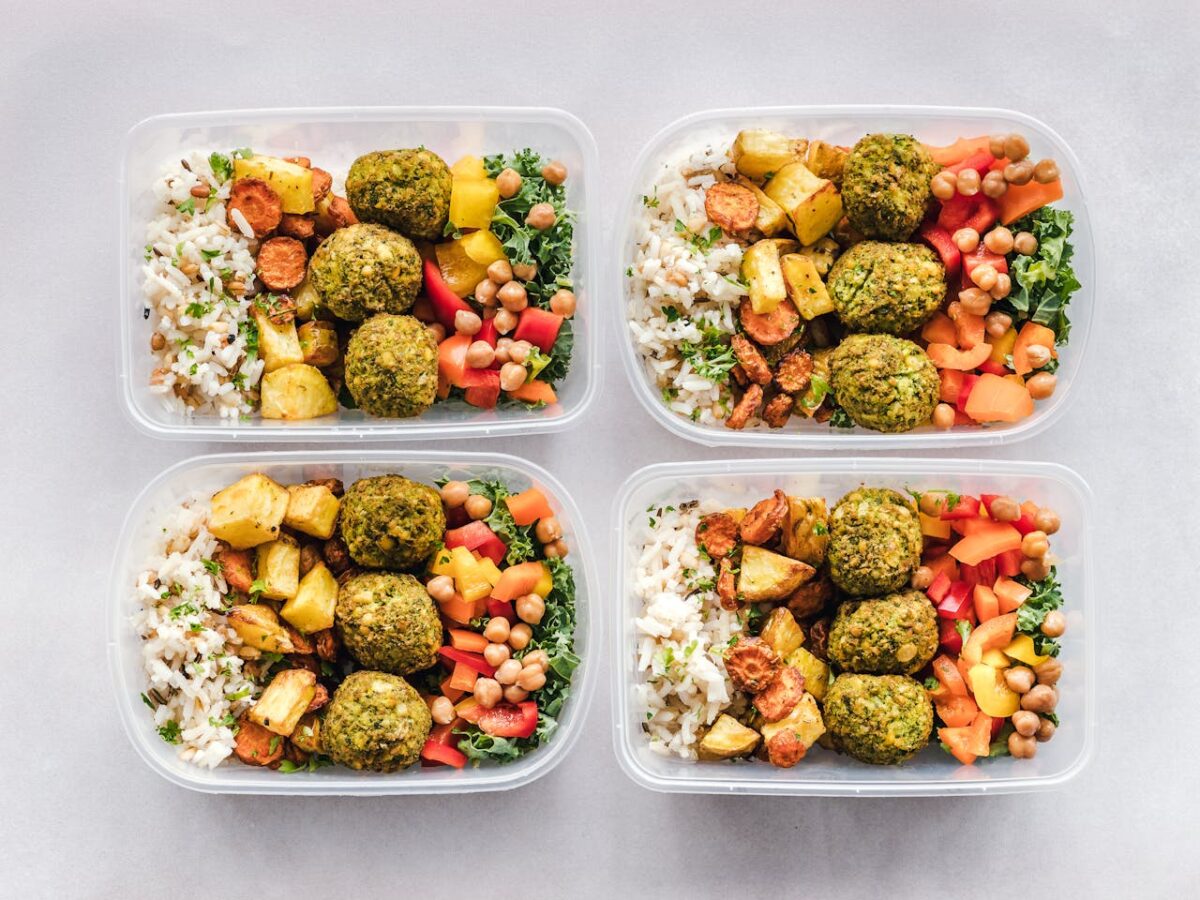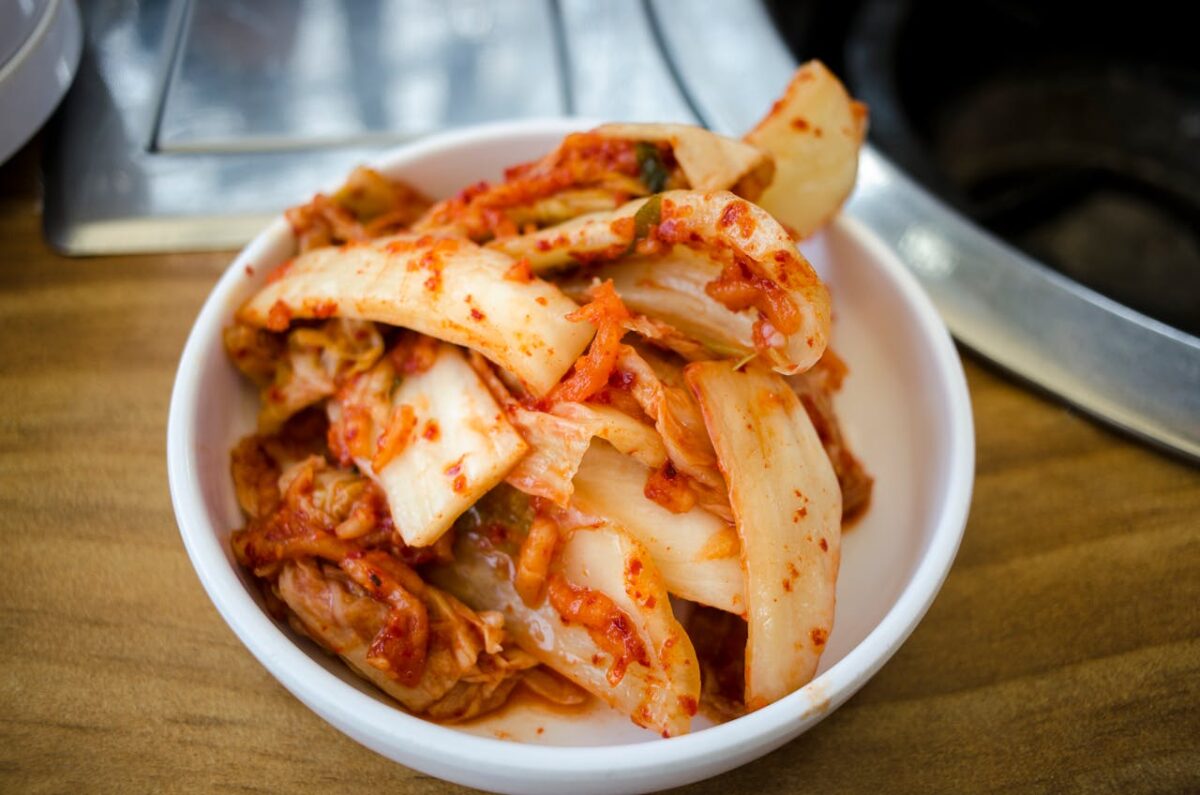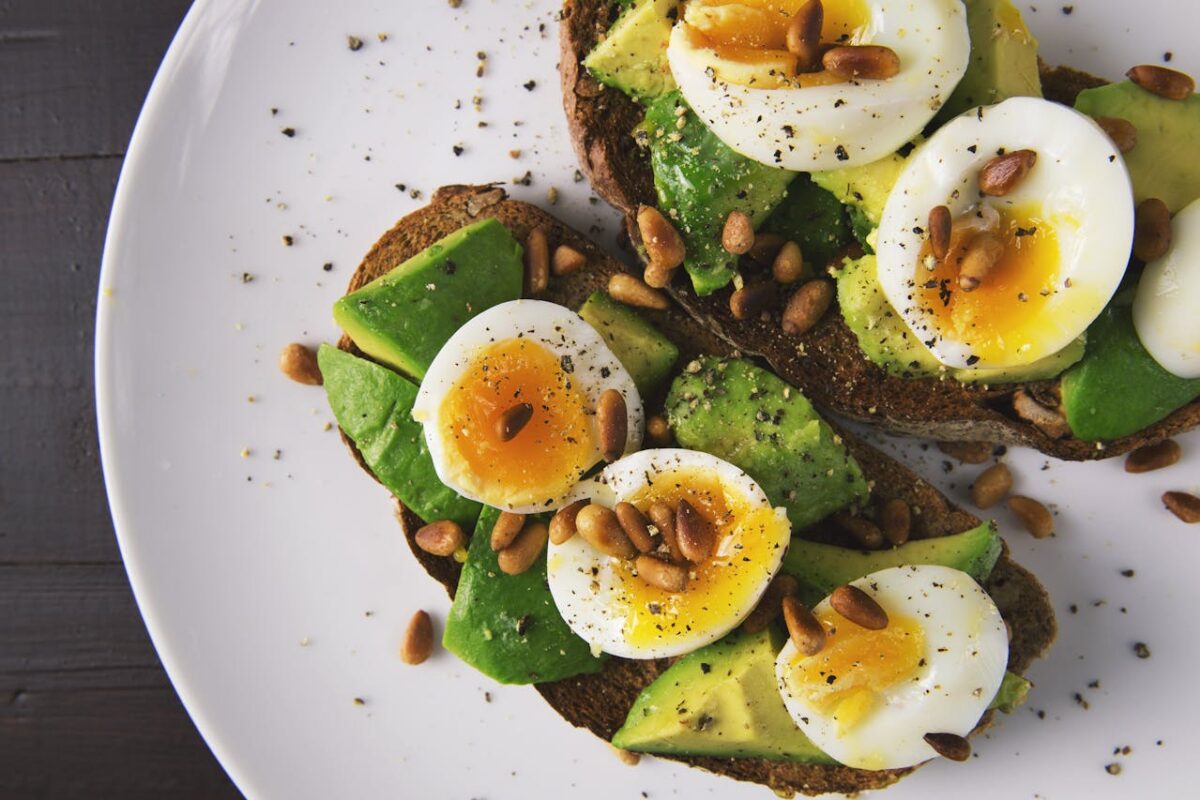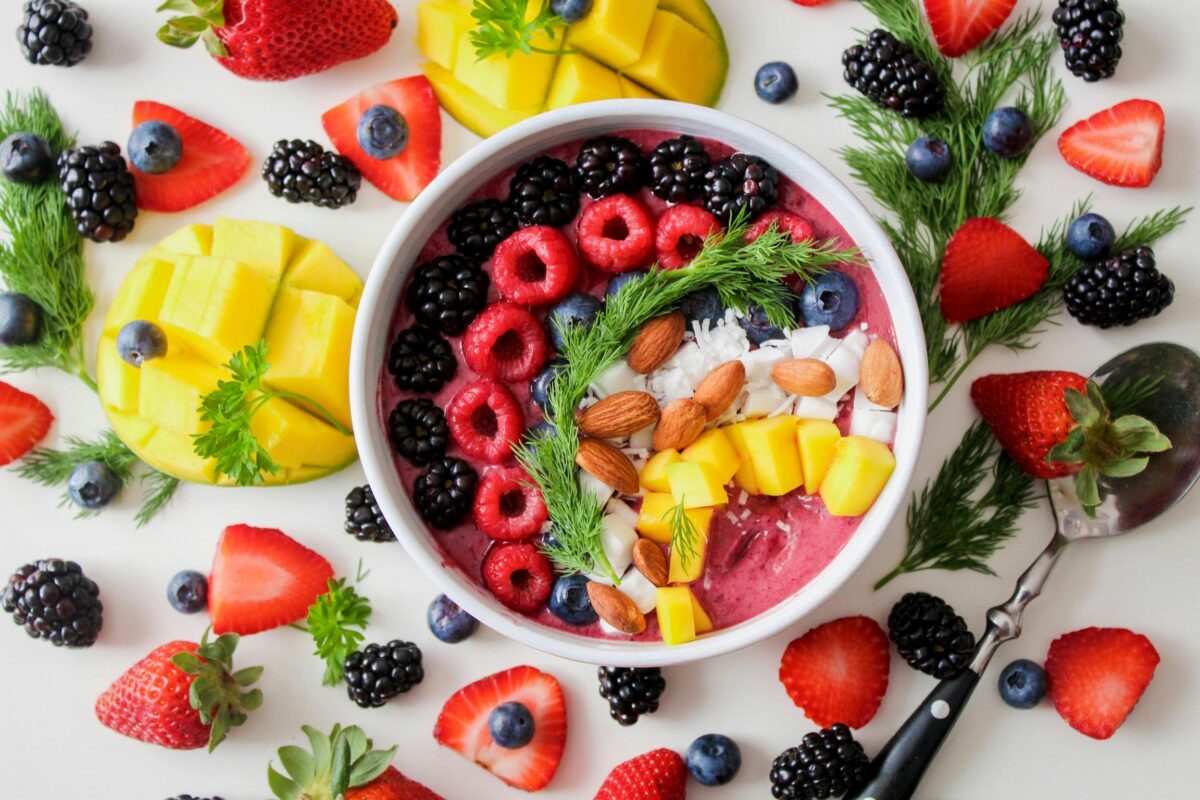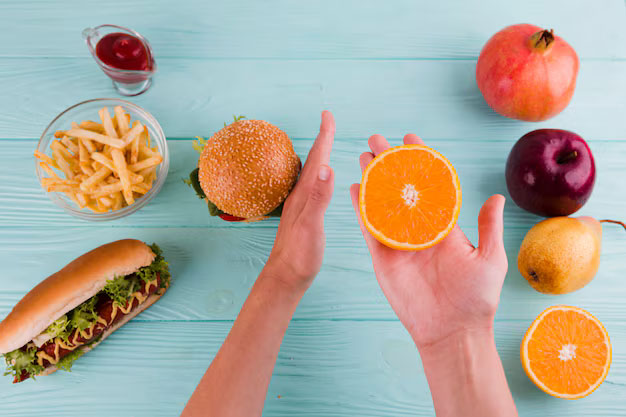The Importance of Omega-3 Fatty Acids for Heart and Brain Health: Nourish Your Body from Head to Toe
If I told you there’s a nutrient that can boost your brain power and protect your heart, wouldn’t you want to know more? Well, say hello to Omega-3 fatty acids, the unsung heroes of heart and brain health. These healthy fats do so much for your body, and today we’re going to dive into why they deserve a regular spot in your diet and how to make sure you’re getting enough.
What Are Omega-3 Fatty Acids?
Let’s break it down—Omega-3s are a type of polyunsaturated fat (the good kind!) that are essential for your health. What does “essential” mean? Your body can’t make them on its own, so you need to get them from your diet. There are three main types of Omega-3s:
- EPA (Eicosapentaenoic acid): Found mostly in fatty fish and is known for its anti-inflammatory benefits.
- DHA (Docosahexaenoic acid): Also found in fatty fish and crucial for brain health.
- ALA (Alpha-linolenic acid): Found in plant-based foods like flaxseeds and walnuts, but it needs to be converted to EPA and DHA to be used by the body—this process isn’t super efficient, so it’s important to include sources of EPA and DHA in your diet too.
Omega-3s and Heart Health: Protect Your Ticker
Let’s start with your heart. Omega-3s are total heart protectors, and here’s why:
- Reduce Inflammation: Chronic inflammation is a major driver of heart disease, and Omega-3s help to reduce it. This keeps your arteries healthy and lowers your risk of heart problems.
- Lower Triglycerides: High triglyceride levels are a risk factor for heart disease, but Omega-3s can significantly lower these levels, making them a heart-healthy choice.
- Lower Blood Pressure: Studies have shown that people who consume Omega-3s regularly tend to have lower blood pressure, which is key to protecting your heart.
- Prevent Blood Clots: Omega-3s make your blood less likely to clot, which reduces the risk of strokes and heart attacks.
Heart-Healthy Tip: Aim to eat fatty fish like salmon, mackerel, or sardines at least twice a week to give your heart the Omega-3 boost it needs.
Omega-3s and Brain Health: Food for Thought
Your brain is made up of about 60% fat, and a big chunk of that fat is DHA, one of the Omega-3s. So it’s no surprise that these fatty acids play a huge role in keeping your brain sharp. Here’s how Omega-3s support your mental power:
- Boost Cognitive Function: DHA is essential for brain cell membranes and is linked to improved cognitive performance. It helps protect brain cells, keeping your thinking sharp as you age.
- Mood Support: Low levels of Omega-3s have been linked to mood disorders like depression and anxiety. On the flip side, research suggests that increasing Omega-3 intake can help boost mood and even reduce symptoms of depression.
- Brain Development in Babies: Omega-3s are crucial for brain development, especially in the womb and during early childhood. That’s why pregnant and breastfeeding moms are often encouraged to get enough Omega-3s for their baby’s brain health.
Brain-Boosting Tip: If you’re plant-based, flaxseeds, chia seeds, and walnuts are great sources of ALA, but consider adding an algae-based DHA supplement to make sure you’re supporting your brain.
Where to Find Omega-3s in Your Diet
Here’s where the good stuff comes in—Omega-3s are easy to get if you know where to look. You can find them in both animal and plant-based foods, so there’s something for everyone.
Best Sources of Omega-3s:
- Fatty Fish: Salmon, sardines, mackerel, and trout are all rich in EPA and DHA.
- Flaxseeds: These little seeds are packed with ALA. Add them to smoothies or sprinkle them on oatmeal.
- Walnuts: A handful of walnuts can give you a good dose of Omega-3s.
- Algae Oil: For vegans or vegetarians, algae oil supplements are a great way to get DHA and EPA.
How Much Omega-3 Do You Need?
You don’t need to go overboard with Omega-3s, but it’s important to get a steady amount. Most health experts recommend about 250-500 mg of EPA and DHA per day for general health. If you’re getting that from food (hello, fatty fish!), you’re on the right track. If you’re not a big fan of fish, consider a high-quality fish oil or algae oil supplement.
Bottom Line: Fuel Your Body and Mind with Omega-3s
Whether you’re looking to support your heart, keep your brain sharp, or just feel more balanced overall, Omega-3 fatty acids are an essential part of the equation. By adding foods like fatty fish, chia seeds, and flaxseeds to your diet, you’ll be giving your body the building blocks it needs for long-term health.
So next time you’re meal planning, think about how you can add more Omega-3s to your plate—your heart and brain will thank you!



